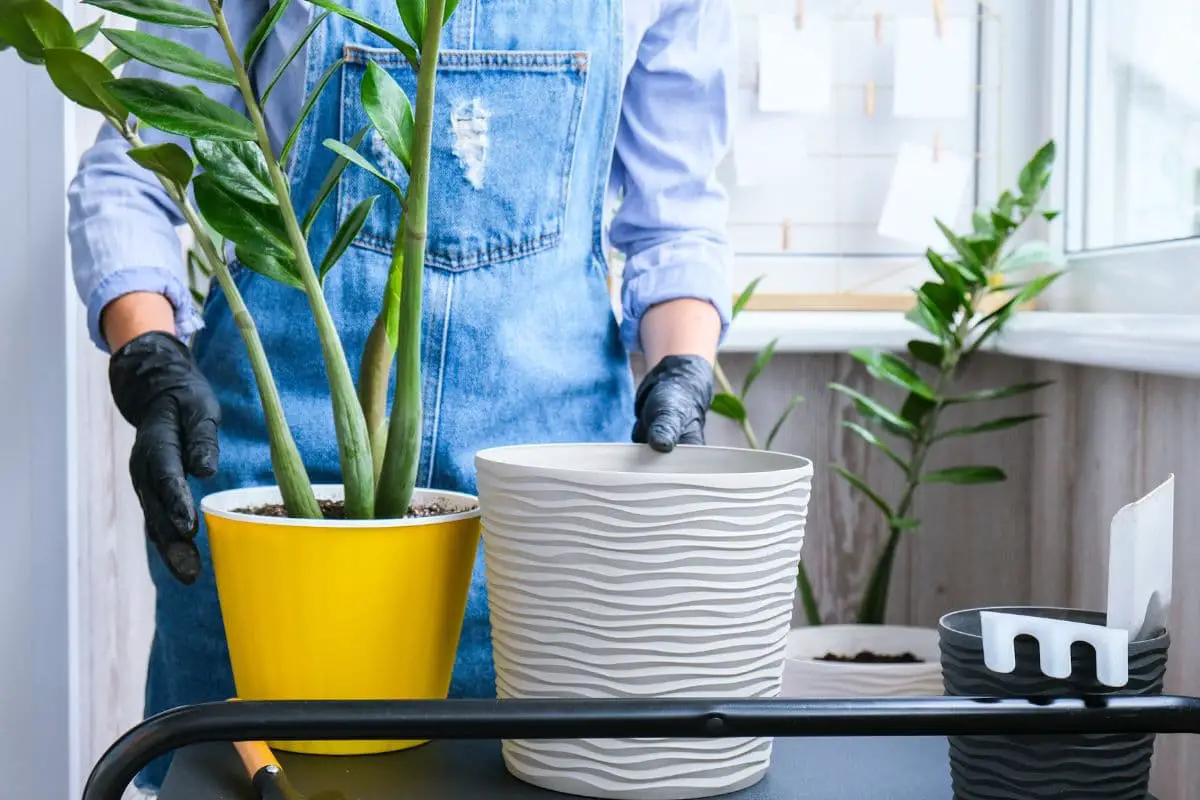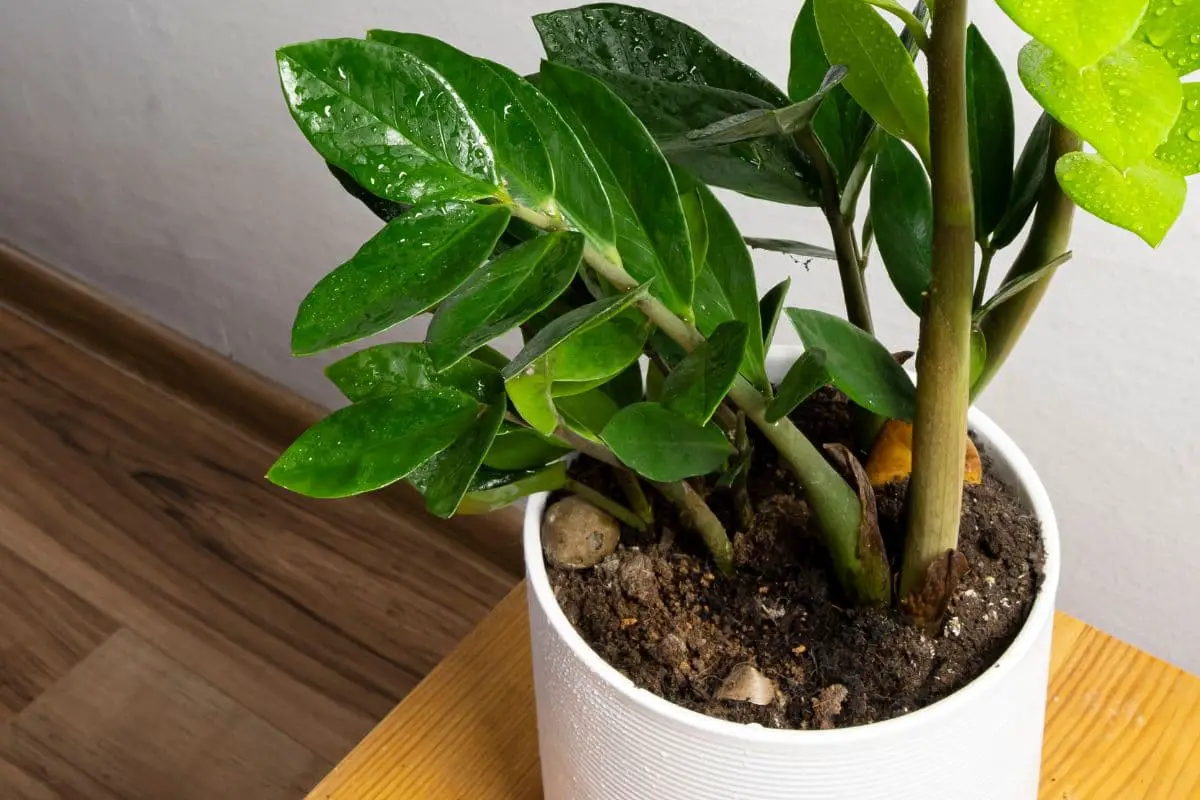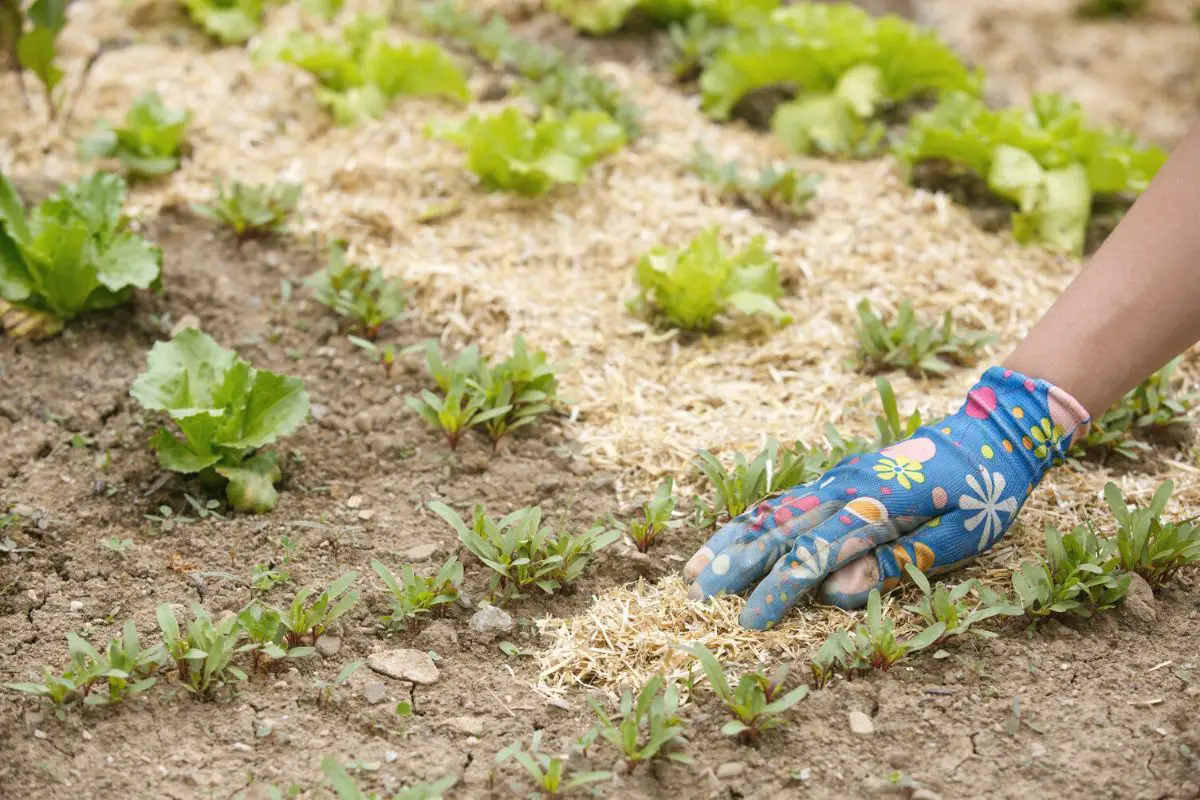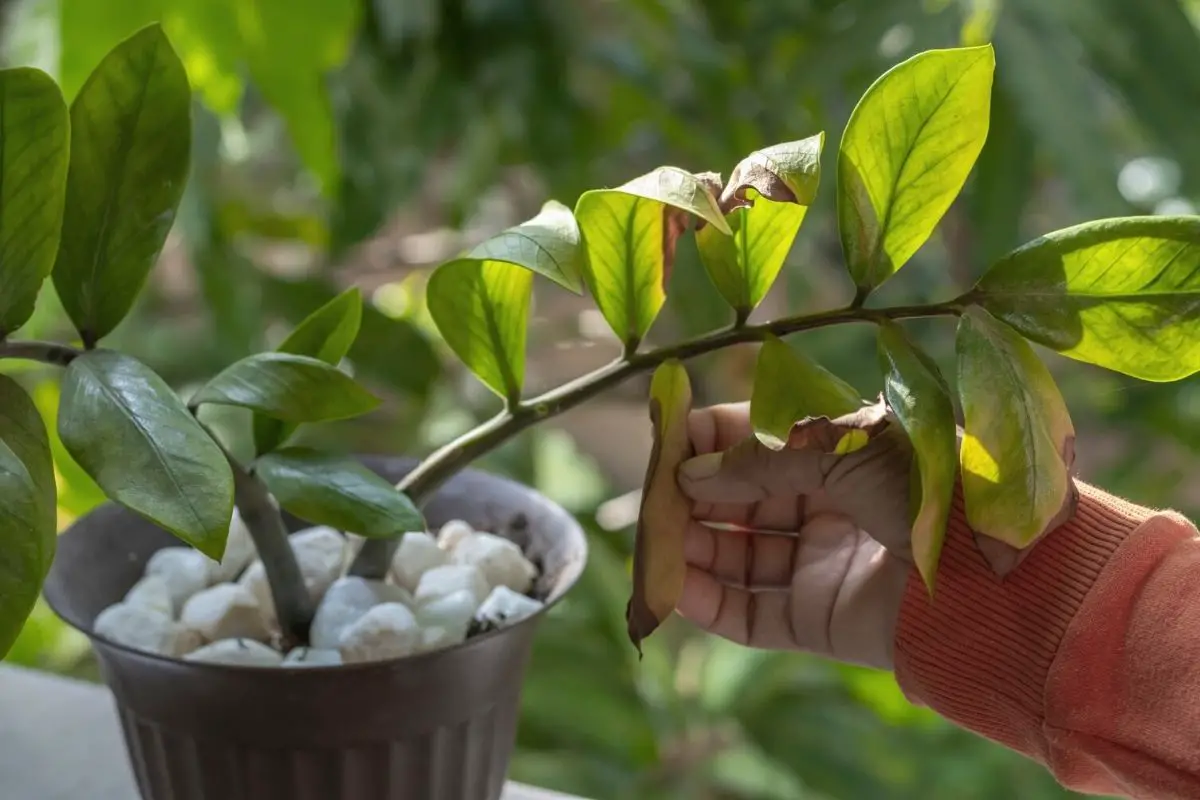Begonias are excellent flowers to grow in your outdoor garden, as they can revitalize your space with colorful blooms in the summer. You can safely leave them in the ground during winter if you live in USDA zones 10 and 11. Otherwise, you’ll need to take other measures to ensure they come back in the spring.
You can overwinter tuberous begonias in pots by taking them indoors before the first hard frost. If your begonias are planted in the ground, dig them out before the temperatures drop below 50 °F (10 °C). Let the bulbs dry for at least 2 weeks before keeping them in pots in a cool, dark room.
While most gardeners remove their tuberous begonia bulbs and store them in cardboard boxes during winter, it’s also okay to keep them in dry, clean pots during storage. I’ll discuss how to properly overwinter your tuberous begonias in pots. I’ll also share the advantages and disadvantages of doing so.

Preparing and Storing Begonias for Winter
1. Dig the Bulbs Out From the Soil
By late summer to the middle of fall, depending on the tuberous begonia variety, the leaves will start to turn yellow and die. When half the foliage has turned yellow, you can begin your preparations for overwintering your begonia bulbs.
Pull out the bulbs before the soil temperatures drop below 50 °F (10 °C) or shortly before the first hard frost to prevent cold injury or damage. Otherwise, your damaged bulbs won’t be suitable for storage, and fungi-infected ones may infect the others.
Check your area’s weather forecast to determine when you should start pulling out your bulbs from the ground or potting soil. Your best bet is to do so a week before the predicted first hard frost or a few days after the first light fall frost.
For potted tuberous begonias, you can just leave the bulb in the soil while bringing the whole pot indoors. This idea is safe only if you’re sure your soil doesn’t harbor harmful microbes that can compromise the health of your begonia bulbs and the other indoor plants.
2. Remove the Foliage From the Bulbs
You must remove the foliage from the bulbs to prevent further photosynthetic activities and risks of spreading diseases. Tuberous begonias are not winter-hardy plants and require a dormant period to preserve enough energy until they’re ready for the next growing season.
Twist the dry stems off the bulbs. Alternatively, you can cut the fresher stems and foliage after pulling the whole plant out of the ground or potting soil. The latter is ideal if the first fall frost occurs sooner than predicted while the stems are not yet dry enough to pull off from the bulbs.
Using sterile pruning shears, remove most of the foliage, leaving only about 1-2 inches (2.5-5 cm) of shoot above the bulb.
3. Don’t Wash the Bulbs
Before storage, you wouldn’t want to introduce moisture to your bulbs because they’ll likely rot or invite harmful fungi and bacteria. Cool and dark places can encourage fungi to proliferate, damaging your bulbs during storage.
Remove as much soil as you can from the bulbs without washing them. You can use your hands covered in gardening gloves or wipe away the dirt using a clean and dry towel. Don’t rub too hard to avoid injuring the bulbs and their tiny root hairs.
4. Leave the Bulbs to Dry for at Least Two Weeks
To help the tuberous begonia bulbs enter dormancy, you must let them dry before storage. The bulbs can take approximately two weeks to dry in a cool, bright, and dry room. Choose a room with low humidity (around 30%) to prevent the bulbs from absorbing moisture from the air.
Let them dry indoors to protect them from freezing winds. You can place them on shelves in the garage or garden shed as long as the temperatures remain cool but not freezing. Ensure that the room stays between 50 and 60 °F (10 and 15.6 °C) during this stage.
5. Store the Bulbs in Pots
After drying, pull out the withered shoots before storing the bulbs in pots. Choosing the right pot is crucial for successfully overwintering your tuberous begonias.
Use pots around 2-4 inches (5-10 cm) deep. The number of bulbs you can store in each container depends on how wide the mouth of the pot is and the size of each bulb. Typically, tuberous begonia bulbs are 1 inch (2.5 cm) thick and 2-3 inches (5-7.5 cm) in diameter.
An unglazed clay pot is the best pot to store dormant begonia bulbs in winter. It is breathable and doesn’t accumulate moisture, leaving your bulbs mostly cool and dry throughout the winter.
Fill the pot with insulating soilless materials such as:
- Vermiculite
- Perlite
- Peat moss
- Compost
- Sawdust
Leave an inch (2.5 cm) of space between the bulbs and bury the lower ¾ of their bodies with your choice of soilless material, leaving the tops unburied. Cover the pot with two layers of newspaper or a piece of cardboard to keep the bulbs in the dark.
6. Keep the Potted Bulbs in a Cool, Dry, and Dark Place
The ideal storage temperature for tuberous begonia bulbs is between 40 and 50 °F (4 and 10 °C). During overwintering, the bulbs can tolerate occasional temperature increases up to 60 °F (15.6 °C) but not below 40 °F (4 °C).
Insulated basements or garages are suitable for storage as long as the humidity doesn’t go above 30%.
Covering the pots with newspaper or thin cardboard is often enough to give the tubers dark conditions that will help facilitate their transition into dormancy.
Pro tip: Another important but often overlooked issue with overwintering flower bulbs is the risk of rodents feeding on them. Store your bulbs in a rodent-free area or employ strategies to prevent pests from getting to your pots, such as using mouse traps or sticky traps.
Storing Begonia Bulbs in their Original Pots
As discussed, you can overwinter your potted tuberous begonias without moving the bulbs out of their original pots. However, the steps can be a little different.
Check them out below:
- Move the potted begonias indoors to protect them from the freezing cold.
- Pull the stems out of the bulbs. You can sometimes twist the stems off the bulbs easily while they’re still in the soil. This is especially true if the bulbs are already dry enough.
- Stop watering your begonias, and let the soil dry completely. The process can take around two weeks.
- Pull out the dried shoots you couldn’t pull out earlier.
- Store the pot in a dark room or cover it with newspaper or cardboard to encourage the bulbs to enter dormancy.
- Leave the bulbs undisturbed except for the occasional inspection for signs of rotting or pest damage.
Benefits
There are a few benefits to storing your tuberous begonias in pots over winter. Going through some of them might help you consider this method.
Less Water-Absorbent Than Cardboard
Many gardeners store their begonia bulbs in cardboard boxes. Although it’s an effective method, accidental water leaks or minor flooding can soak your boxes and reach your bulbs more quickly.
More Resistant to Pests
Rodents can easily chew on cardboard boxes and get to your bulbs, making pots more suitable for storage. Some people even hang their bulbs in dark stockings or nets to protect them from pests.
Readily Revivable
You can readily revive your bulbs in pots. Overwintering begonia bulbs in pots will require fewer transition steps when it’s time to wake them up in spring.
Drawbacks
Despite the advantages, overwintering tuberous begonias in pots also has a few downsides that are worth considering, including:
Heavier to Move Around
Flooding in the basement, freezing temperatures in the garden shed, and many other problems can arise, requiring you to move your pots of begonia bulbs to a safer location. The size and weight of the pots can make the task extra challenging.
Can Store Fewer Bulbs
As mentioned, you must give your bulbs adequate space when storing them in pots over winter. Smaller pots can accommodate fewer bulbs, requiring you to prepare more pots if you have plenty of bulbs.
Final Thoughts
You can overwinter your tuberous begonias in pots. However, there are some environmental factors you need to address to do so successfully.
For instance, you must provide the three essential requirements for bulbs to enter dormancy:
- Darkness
- Cool temperatures
- Dryness
In addition, you have to protect your bulbs from pests and microbial infections. Be sure to evaluate the pros and cons before deciding to overwinter your bulbs in pots.







